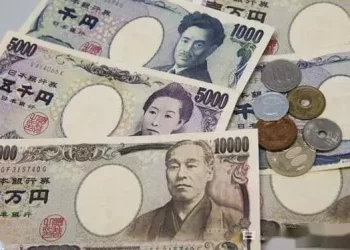A certificate of payment expressed in foreign currency.
Imf’s interpretation of foreign exchange is that foreign exchange is the creditor’s rights maintained by the administrative authorities (central banks, monetary institutions, foreign exchange stabilization funds and Ministry of Finance) in the form of bank deposits, Treasury bills, long-term and short-term government securities, etc., which can be used in time.
Including: foreign currency, foreign currency deposits, foreign currency securities (government bonds, Treasury bills, corporate bonds, stocks, etc.), foreign currency payment certificates (bills, bank deposit certificates, postal savings certificates, etc.).
1. According to the degree of restrictions on foreign exchange, it can be divided into freely convertible foreign exchange, limited freely convertible foreign exchange and accounted foreign exchange;
2. According to the different sources and uses of foreign exchange, it can be divided into trade foreign exchange, non-trade foreign exchange and financial foreign exchange;
3. According to different market trends, foreign exchange can be divided into hard foreign exchange and soft foreign exchange.

























